
Spring Integration Essentials
¥54.49
This book is intended for developers who are either already involved with enterprise integration or planning to venture into the domain. Basic knowledge of Java and Spring is expected. For newer users, this book can be used to understand an integration scenario, what the challenges are, and how Spring Integration can be used to solve it. Prior experience of Spring Integration is not expected as this book will walk you through all the code examples.
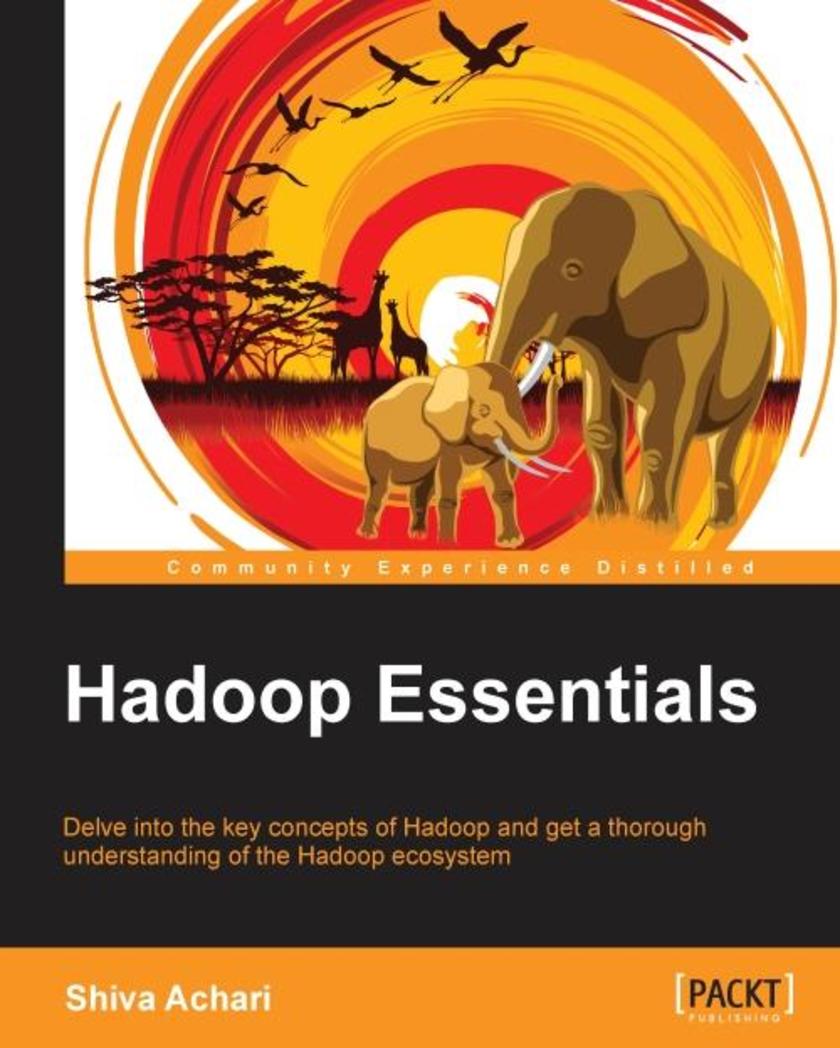
Hadoop Essentials
¥54.49
If you are a system or application developer interested in learning how to solve practical problems using the Hadoop framework, then this book is ideal for you. This book is also meant for Hadoop professionals who want to find solutions to the different challenges they come across in their Hadoop projects.

Unity 5 for Android Essentials
¥54.49
This book is perfect for game developers who want to learn how to develop, optimize, and publish games for Android devices in a quick and easy manner using Unity 5. This book assumes a basic knowledge of game design concepts and/or some experience with other game technologies such as Unreal Engine 4, CryEngine, or GameMaker.
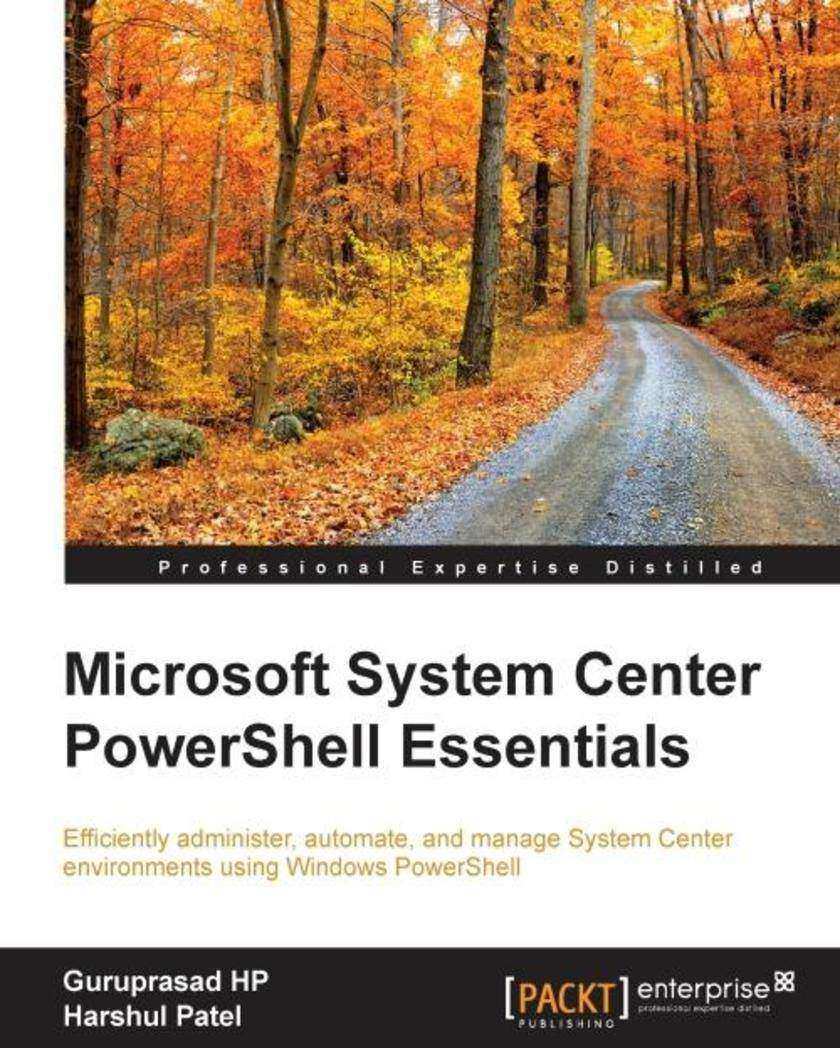
Microsoft System Center PowerShell Essentials
¥54.49
If you are a Microsoft System Center administrator who manages System Center environments and utilizes the console for management, then this book is ideal for you. This book is also for System Center users who now want to learn to manage systems using PowerShell.

Raspberry Pi Home Automation with Arduino - Second Edition
¥54.49
If you are new to the Raspberry Pi, the Arduino, or home automation and wish to develop some amazing projects using these tools, then this book is for you. Any experience in using the Raspberry Pi would be an added advantage.

Drupal Search Engine Optimization
¥54.49
The book will take a hands-on approach to the process involved in configuring a site for SEO. As SEO is an on-going process – it doesn’t stop once the site is built – the book will provide reusable tips and techniques in order to understand what they have to do after the site is live,This book targets site builders, webmasters and site owners. Advanced technical skills are not required, though the user should be familiar with administering a Drupal website.
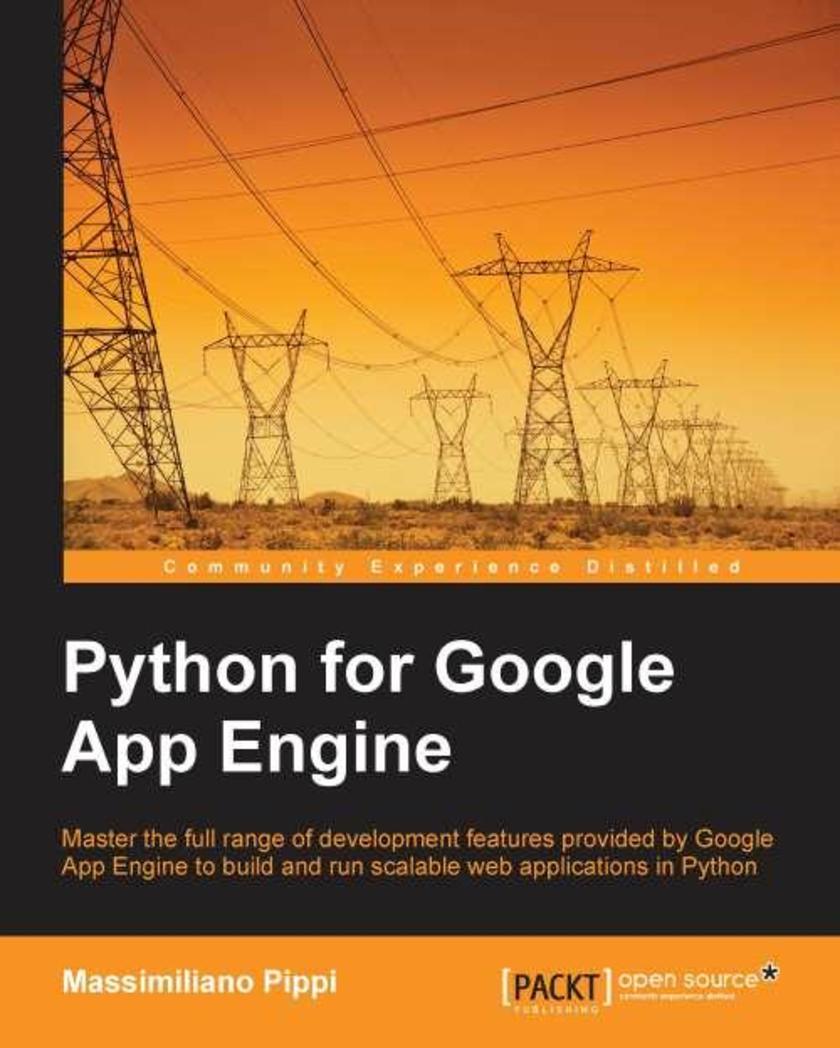
Python for Google App Engine
¥54.49
If you are a Python developer, whether you have experience in web applications development or not, and want to rapidly deploy a scalable backend service or a modern web application on Google App Engine, then this book is for you.
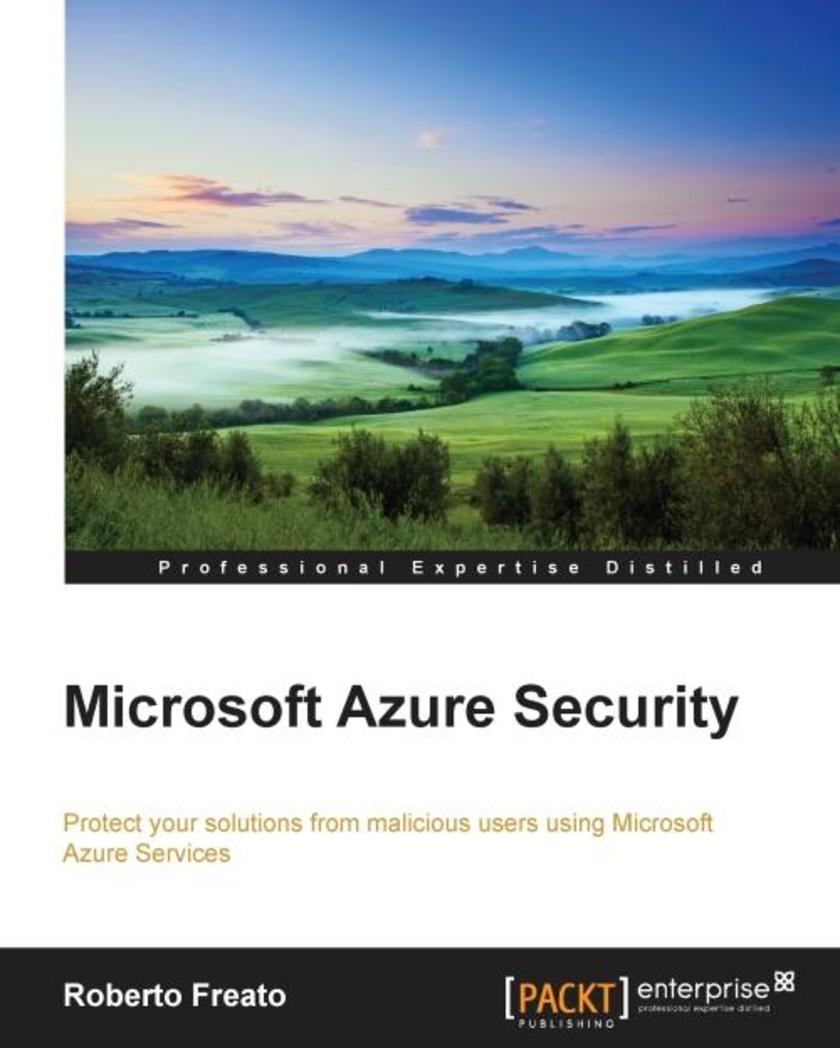
Microsoft Azure Security
¥54.49
This book is intended for Azure administrators who want to understand the application of security principles in distributed environments and how to use Azure to its full capability to reduce the risks of security breaches. Only basic knowledge of the security processes and services of Microsoft Azure is required.
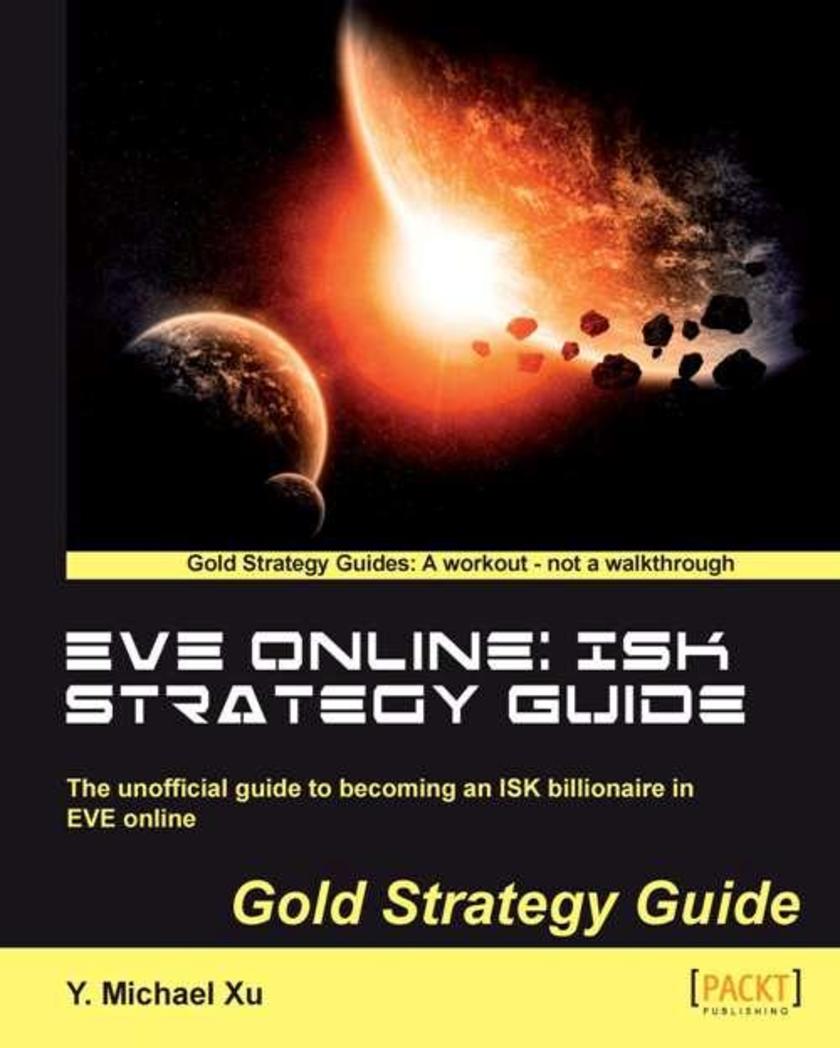
EVE Online: ISK Strategy Guide
¥54.49
A game strategy guide that focuses solely on maximising your in game earning. Whether you are new pilot plugging into your first capsule or have years of experience in EVE, this book is for you. No prior knowledge of EVE Online required.
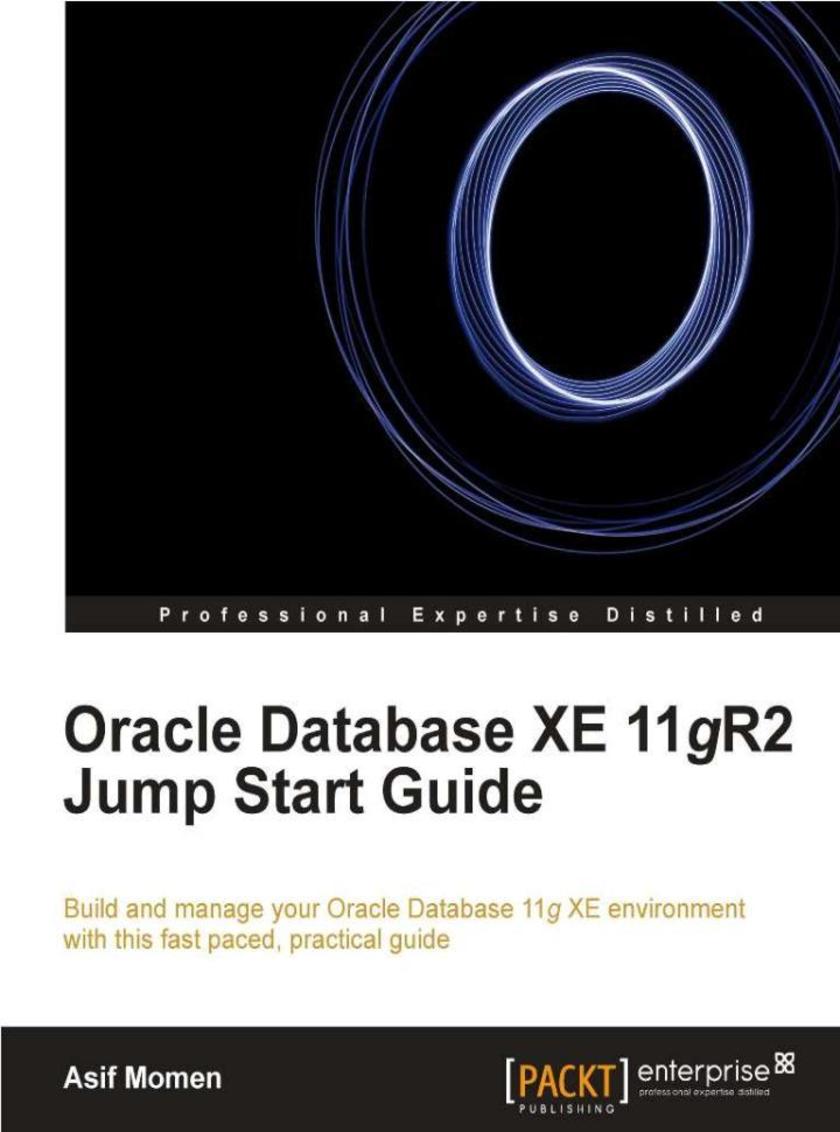
Oracle Database XE 11gR2 Jump Start Guide
¥54.49
This book discusses concepts and tasks through real-world examples. The author uses simple language, screenshots, and a step-by-step approach to get you started with Oracle Database administration. If you are a student or beginner who is learning to administer Oracle Database, then this book is for you. This book is designed to cover the problems that novice DBAs particularly struggle with, so no prior knowledge of Oracle database administration is expected.

WordPress for Education
¥54.49
WordPress for Education is full of screenshots, practical examples, step-by-step instructions, and best practices for using WordPress in an educational setting. WordPress for Education is written for educators and education personnel interested in implementing WordPress in a classroom setting. You are not required to have previous experience of WordPress or any other content management system.
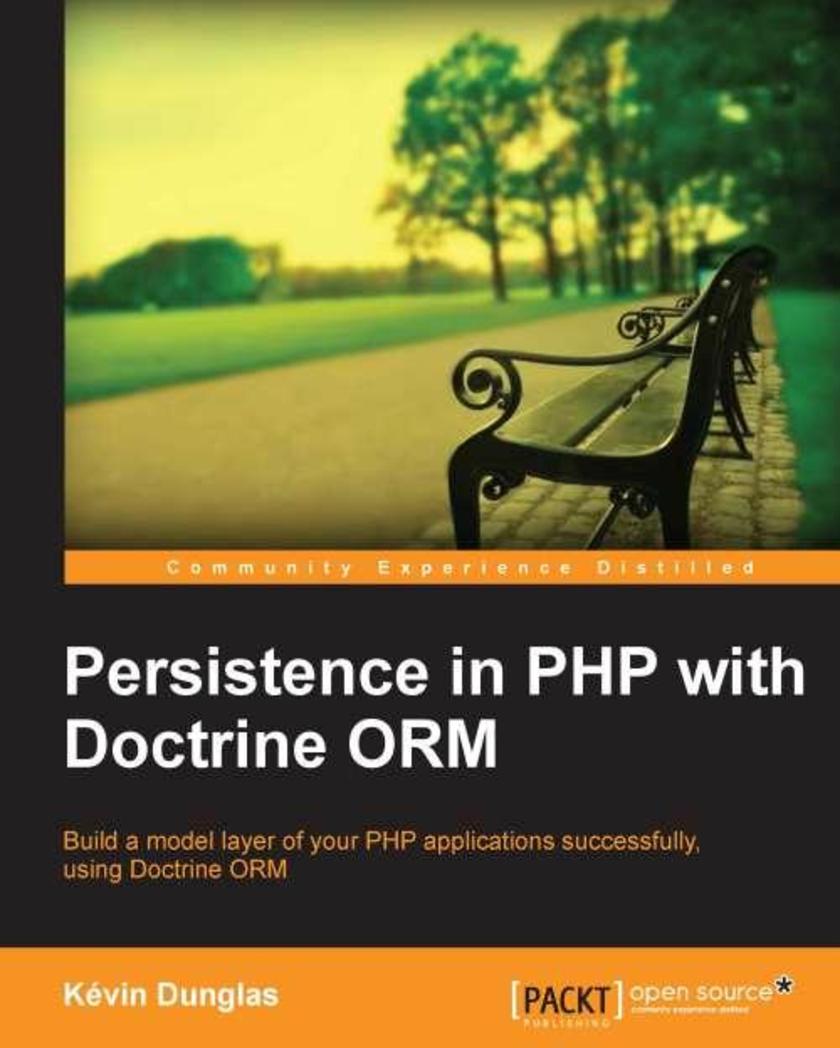
Persistence in PHP with the Doctrine ORM
¥54.49
Persistence in PHP with the Doctrine ORM is a concise, fast, and focused guide to build a blog engine with advanced features such as native queries and lifecycle callbacks.This book is primarily intended for PHP developers and architects who want to increase their skills in the field of Persistence and ORM to map the data they are working on to objects they are using in programming. Basic knowledge of databases and PDO and working knowledge of PHP namespaces is a prerequisite.

Building a Home Security System with BeagleBone
¥54.49
Building a Home Security System with BeagleBone is a practical, hands-on guide for practical, hands-on people. The book includes step-by-step instructions for assembling your own hardware on professionally manufactured PCB’s and setting up the software on your system. This book is for anyone who is interested in alarm systems and how they work; for hobbyists and basement tinkerers who love to build things. If you want to build the hardware described in this book, you will need some basic soldering skills, but all the parts are of the thru-hole variety and are very easy to put together. When it comes to software, you can just run it as-is, but if you want to modify the code, you will need knowledge of Java and IDEs.
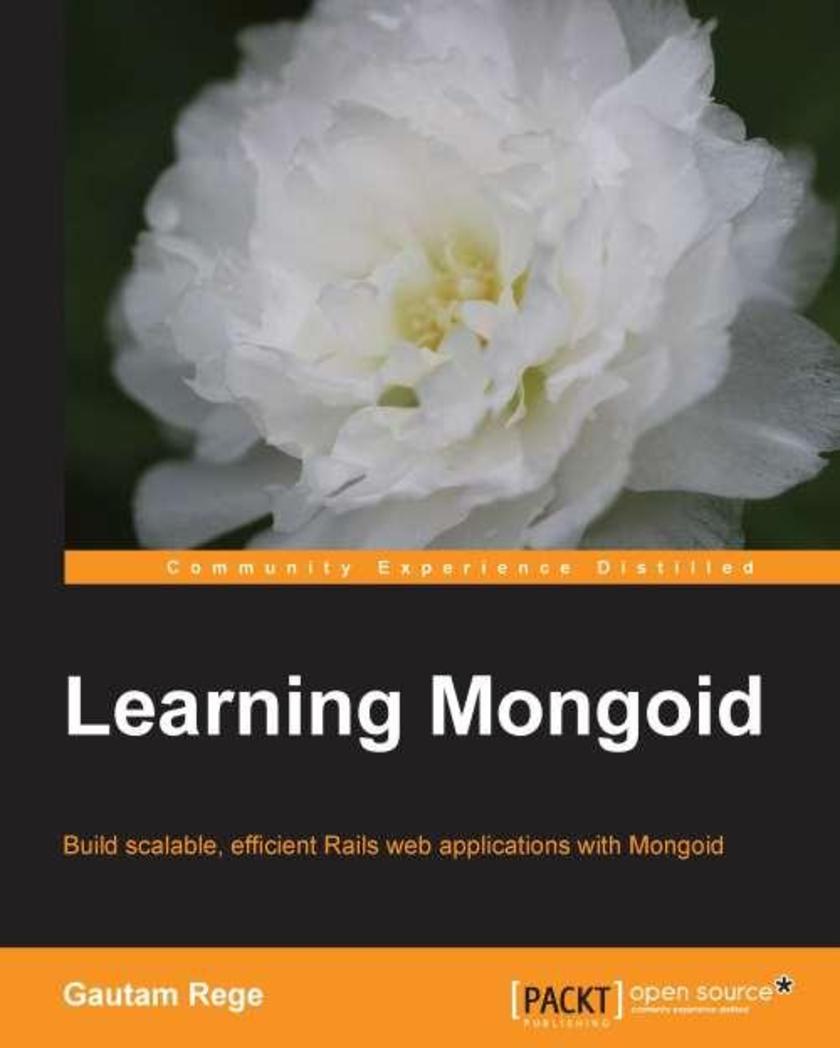
Learning Mongoid
¥54.49
A step-by-step tutorial with focused examples that will help you build scalable, high performance Rails web applications with Mongoid.If you are an application developer who wants to learn how to use Mongoid in a Rails application, this book will be great for you. You are expected to be familiar with MongoDB and Ruby.
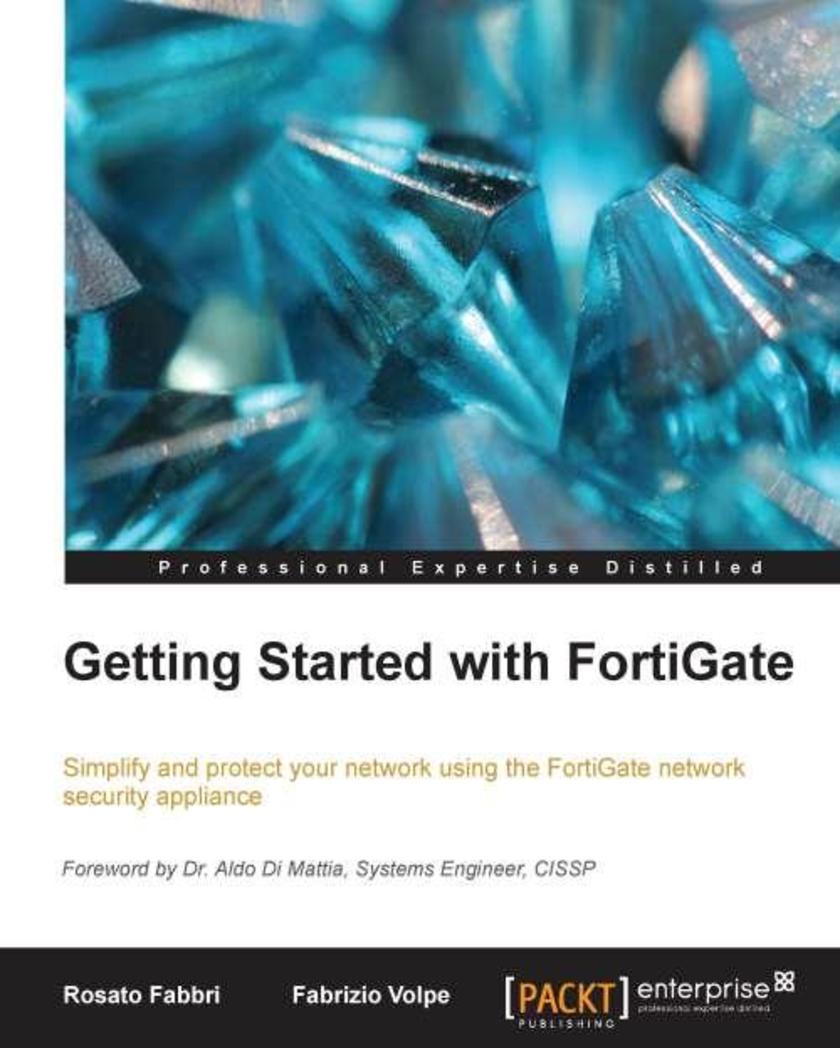
Getting Started with FortiGate
¥54.49
This book is a step-by-step tutorial that will teach you everything you need to know about the deployment and management of FortiGate, including high availability, complex routing, various kinds of VPN working, user authentication, security rules and controls on applications, and mail and Internet access.This book is intended for network administrators, security managers, and IT pros. It is a great starting point if you have to administer or configure a FortiGate unit, especially if you have no previous experience. For people that have never managed a FortiGate unit, the book helpfully walks through the basic concepts and common mistakes. If your work requires assessing the security of a corporate network or you need to interact with people managing security on a Fortinet product, then this book will be of great benefit. No prior knowledge of Fortigate is assumed.
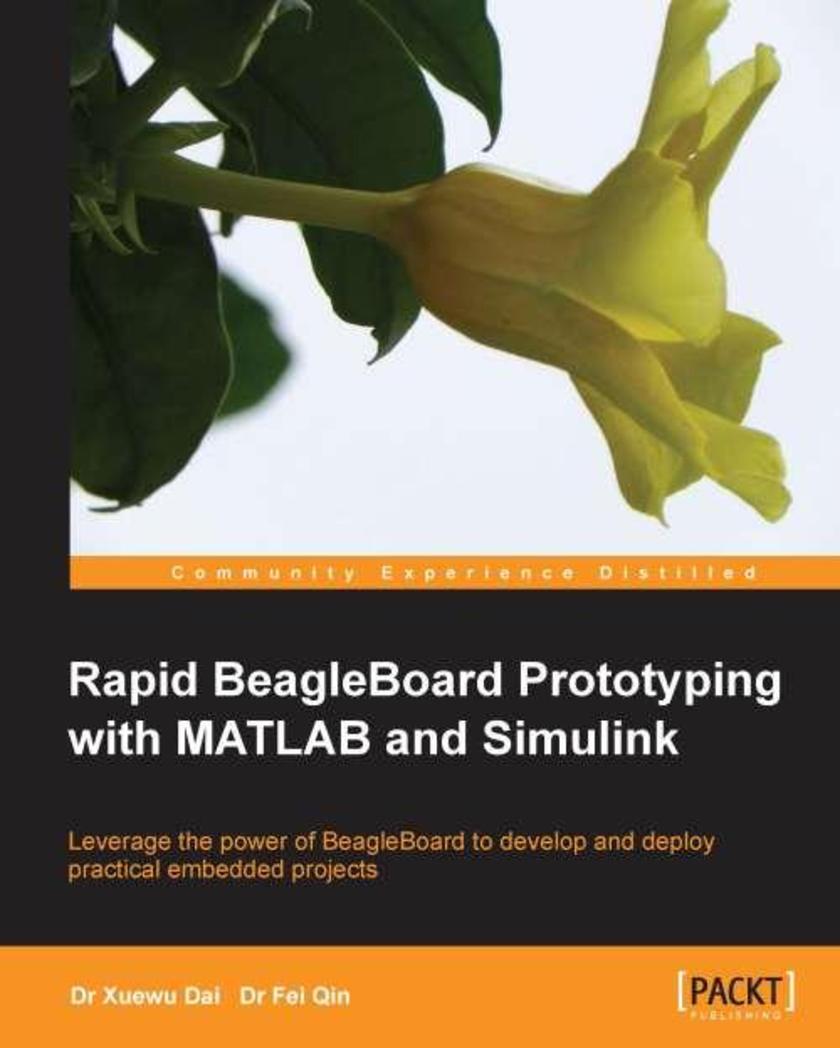
Rapid Beagleboard Prototyping with MATLAB/Simulink
¥54.49
This book is a fast-paced guide with practical, hands-on recipes which will show you how to prototype Beagleboard-based audio/video applications using Matlab/Simlink and Sourcery Codebench on a Windows host.Beagleboard Embedded Projects is great for students and academic researchers who have practical ideas and who want to build a proof-of-concept system on an embedded hardware platform quickly and efficiently. It is also useful for product design engineers who want to ratify their applications and reduce the time-to-market. It is assumed that you are familiar with Matlab/Simulink and have some basic knowledge of computer hardware. Experience in Linux is favoured but not necessary, as our software development is purely on a Windows host.
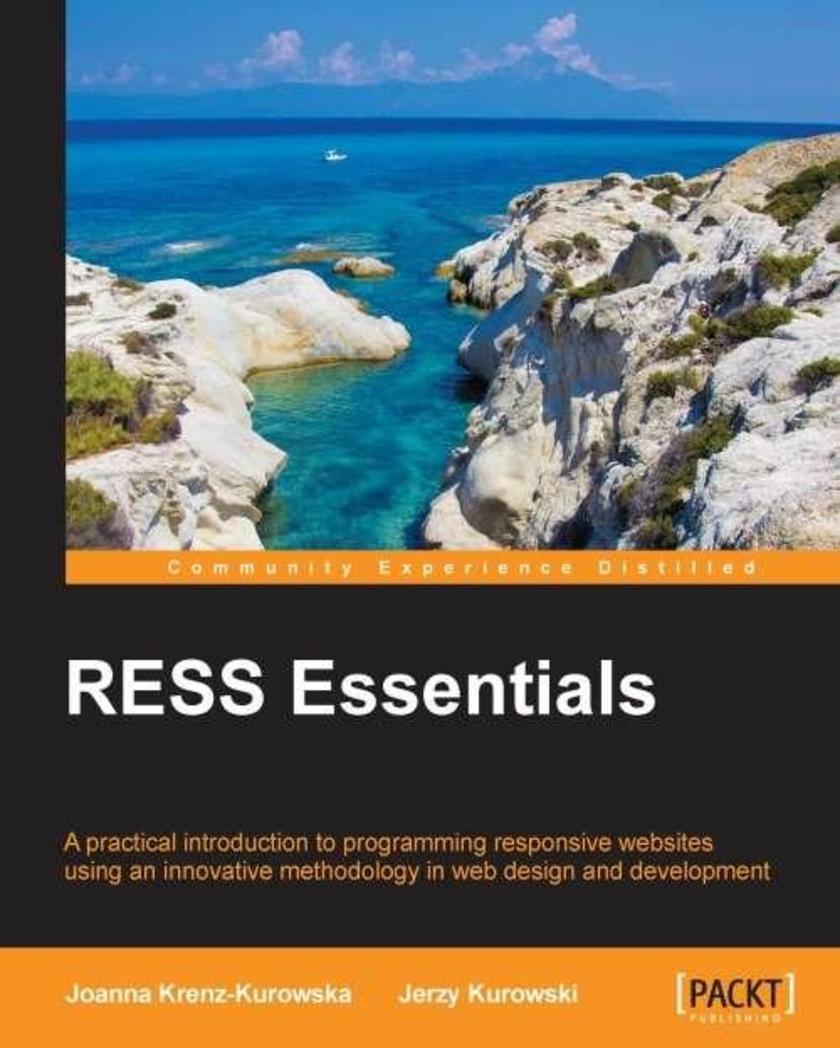
RESS Essentials
¥54.49
This is a step-by-step, practical guide which will introduce you to RESS and its key features.This book is aimed primarily at web developers interested in writing applications that leverage both client- and server-side code to optimise content for various devices.

Implementing OpenShift
¥54.49
A standard tutorial-based approach to using OpenShift and deploying custom or pre-built web applications to the OpenShift Online cloud.This book is for software developers and DevOps alike who are interested in learning how to use the OpenShift Platform-as-a-Service for developing and deploying applications, how the environment works on the back end, and how to deploy their very own open source Platform-as-a-Service based on the upstream OpenShift Origin project.
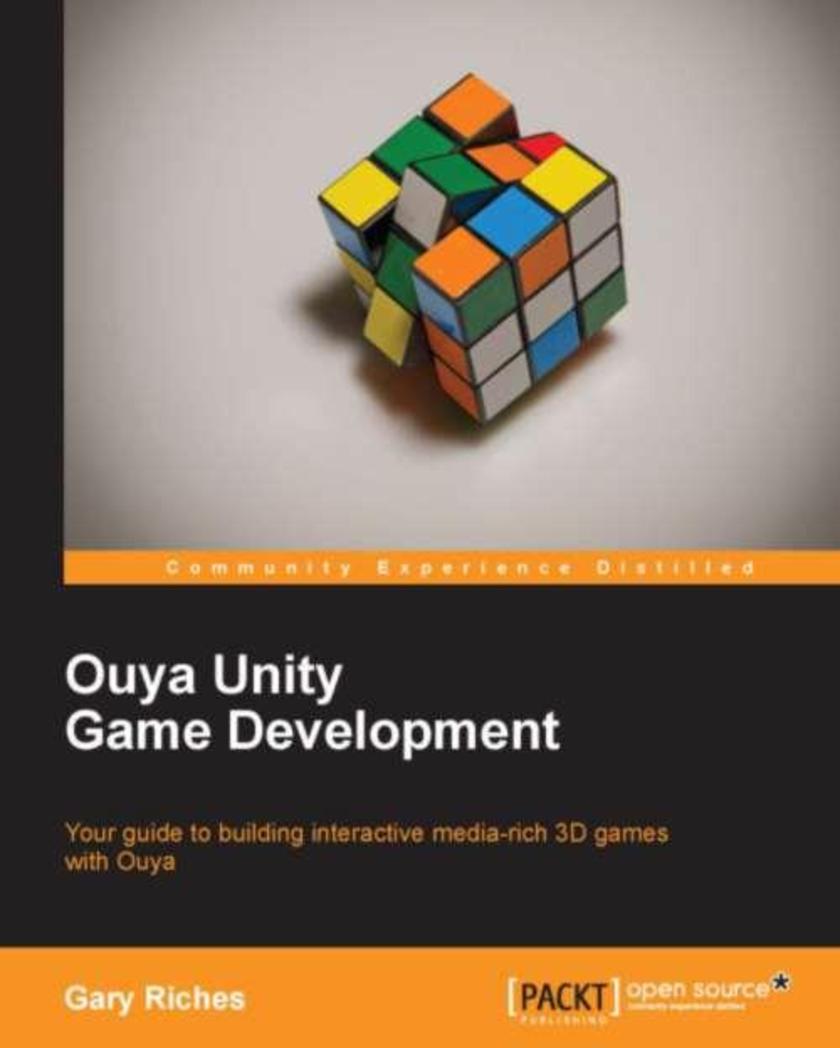
Ouya Unity Game Development
¥54.49
A clear, concise, and practical guide that will teach you how to build your own console game and become an indie developer.This book is for game developers who are interested in developing games for the Ouya console on the Unity game engine. It is assumed that you have a basic understanding of Unity.
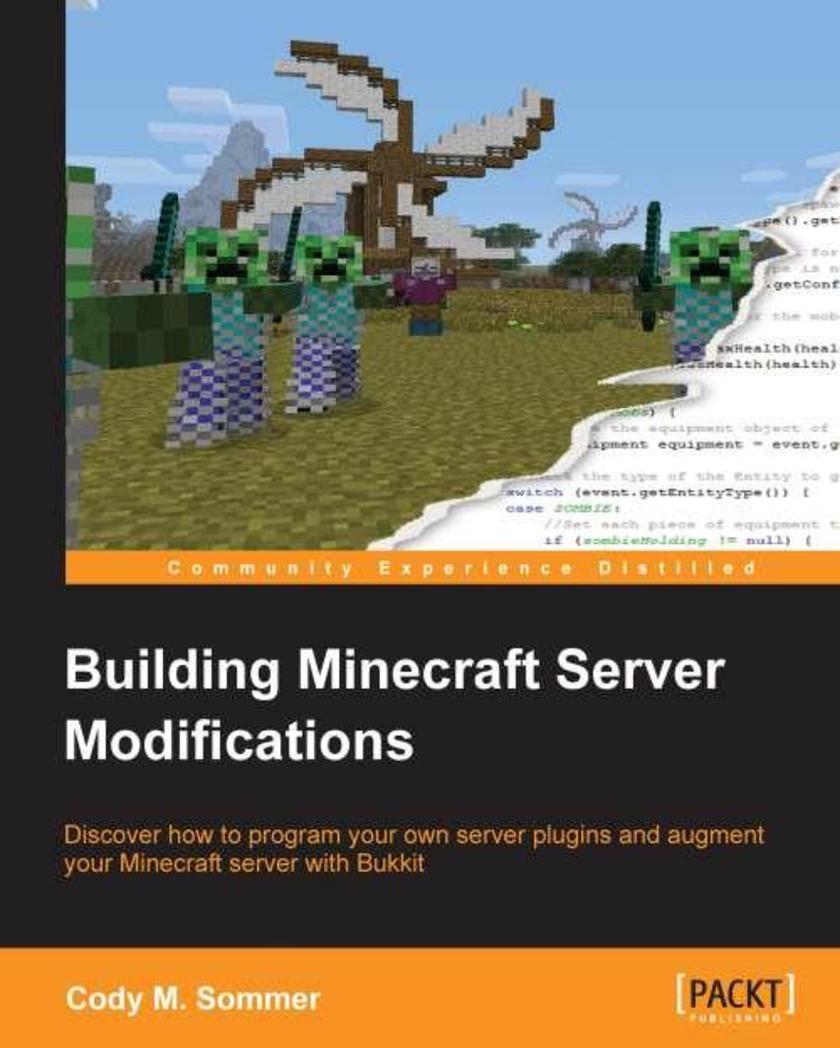
Modifying Minecraft with the Bukkit API
¥54.49
Modifying Minecraft with the Bukkit API is a unique guide that will walk you through the entire process of developing mods for your Minecraft server.Modifying Minecraft with the Bukkit API is great for anyone who is interested in customizing their Minecraft server. Whether you are new to programming, Java, Bukkit, or even Minecraft itself, this book has you covered. All you need is a valid Minecraft account. If you are interested in software development then this book will help you get started. If you are simply interested in playing Minecraft with your friends then this book will help you make that experience even more enjoyable.
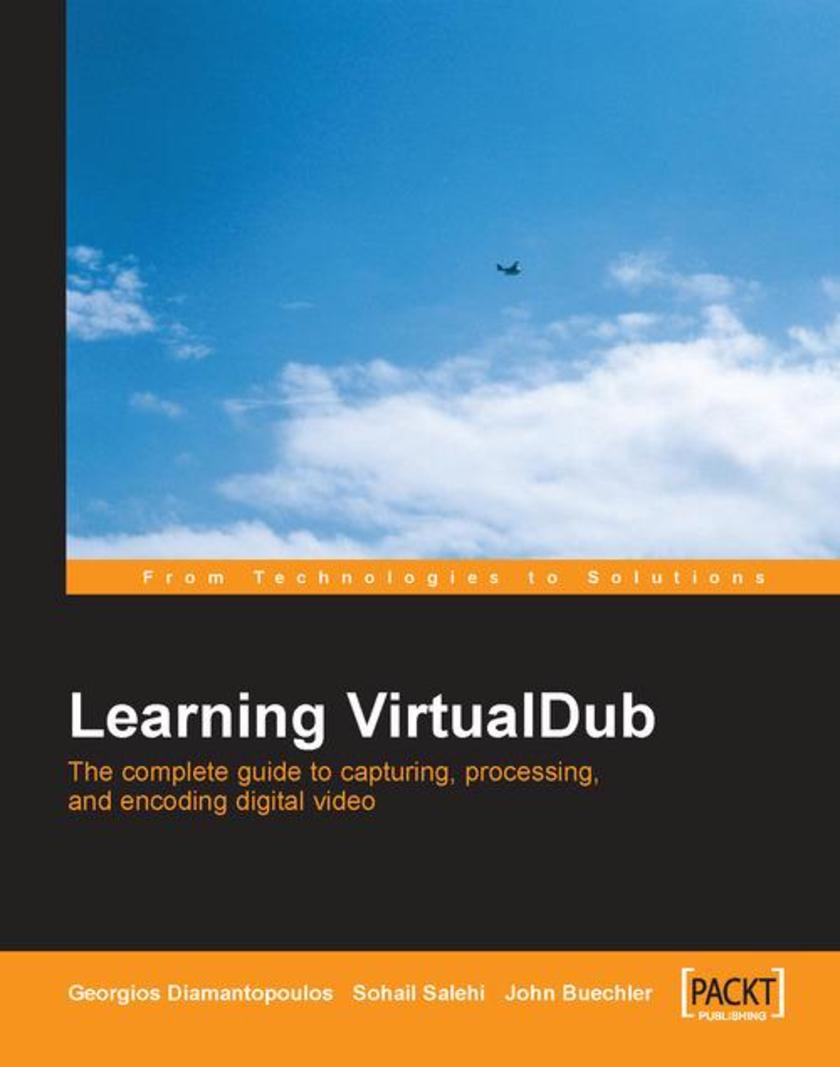
Learning VirtualDub
¥54.49
This book is easy to read and fun. The examples and tutorials are short, focused and interesting. You can dip in and get what you want fast. This book is written by VirtualDub enthusiasts for new and intermediate users. It's ideal if you are just starting with video processing and want a powerful and free tool, or if you've already started with VirtualDub and want to take it further.




 购物车
购物车 个人中心
个人中心



